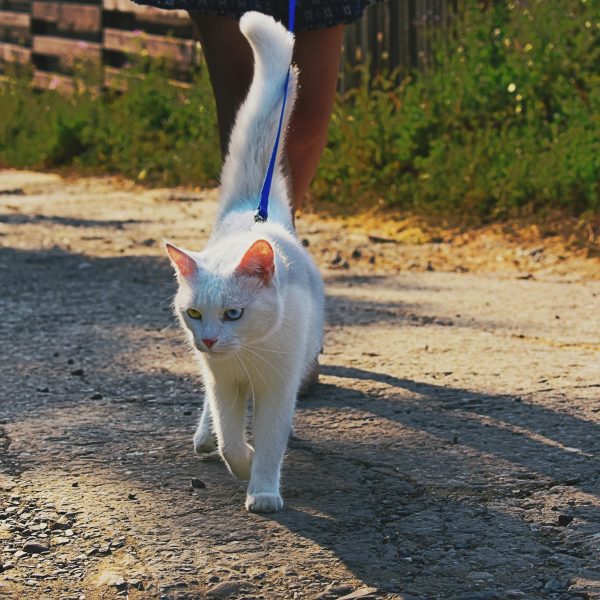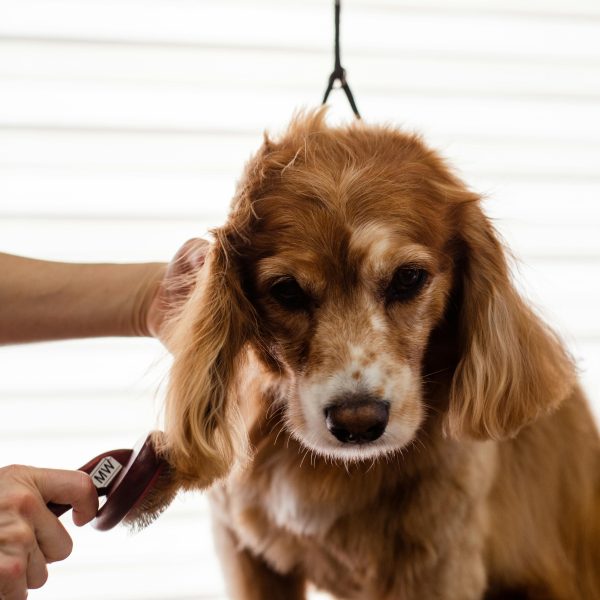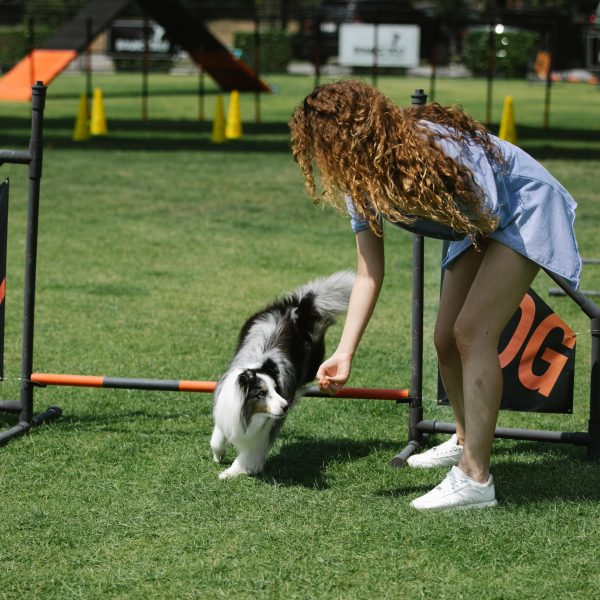At its very base, target training is a versatile and flexible technique that works well with many types of pets, from dogs and cats to birds, rodents, and even reptiles. The idea behind target training is simple: your pet learns to touch a specific object, such as a stick or your hand, with a part of its body—preferably the nose or paw.
Once your animal has mastered this basic behavior, it can be used to guide them toward or away from certain locations, reward good behavior, or even act as a stepping stone to more complex tricks. This method provides a positive, fun, and friendly training experience suitable for any species or temperament.
How Target Training Works
Target training involves teaching an animal to touch a target with a specific body part. Typically, you begin by selecting a target—a small stick, a pointer, or simply your hand. Present the target to your pet and reinforce the behavior with treats or petting when they explore or touch the target.
Over time, your pet will learn that touching the target results in reinforcement. This understanding allows you to guide your pet using the target. Target training is one of the most effective forms of positive reinforcement because it simplifies behavior into one clear action that pets can easily grasp.
Benefits of Target Training
- Mental Boost and Stimulation
Target training engages your pet’s mind, providing a mental workout and keeping them focused. It’s a fun, new way of interacting with your pet, breaking the monotony of daily life and giving them something to strive for. - Versatility Among Species
This method can be adapted to various pets. For example, target training may teach a parrot to move onto and off perches or an arm, while a cat can be guided to a specific location. This versatility makes it a useful tool for litter training, grooming, or other routine activities. - Positive Reinforcement
Target training is non-violent and stress-free, focusing on positive reinforcement. This strengthens the bond between pets and owners because the training sessions involve rewarding good behavior rather than punishing undesirable actions. Pets come to trust their owners as they associate training with positive experiences. - Development of More Complex Behaviors
Once your pet masters the basics, target training can evolve into more advanced exercises. A dog proficient in target training can learn to weave through obstacles, jump through hoops, or perform tricks like spinning or sitting upright. This method can also be useful when teaching a pet to enter a carrier or move to a designated area in the home. - Enhances Bonding
Target training helps to solidify the bond between you and your pet. Both parties enjoy the process, and pets love the positive reinforcement they receive for completing tasks. This shared experience can deepen your relationship.
Tips for Getting Started
- Start with short, 5-10 minute training intervals to avoid overwhelming your pet.
- Be patient, especially if your pet is new to training sessions.
- Use small, easy-to-consume treats if your pet enjoys them.
- Keep training sessions positive, ensuring your pet finishes feeling encouraged.
- Use a clear marker, such as a clicker or a word like “yes,” to mark the exact moment your pet performs the correct behavior.
- Consistent marking and rewarding will accelerate the learning process.
Target training is an adaptable and effective way to improve communication with your pet, challenge their intellect, and strengthen your bond. Whether you’re working on practical behaviors or fun new tricks, target training is a rewarding, positive experience for pets of all kinds.








